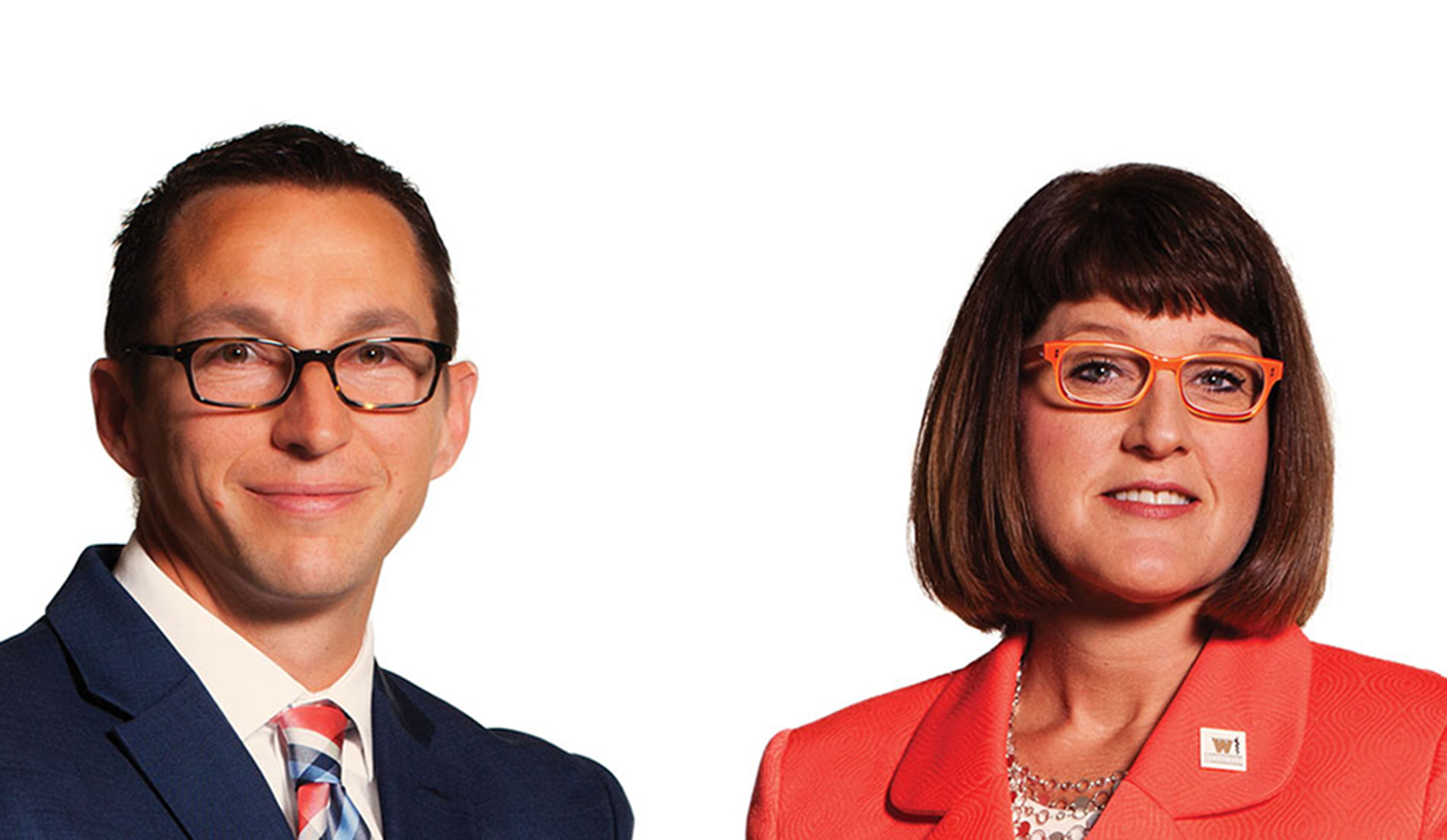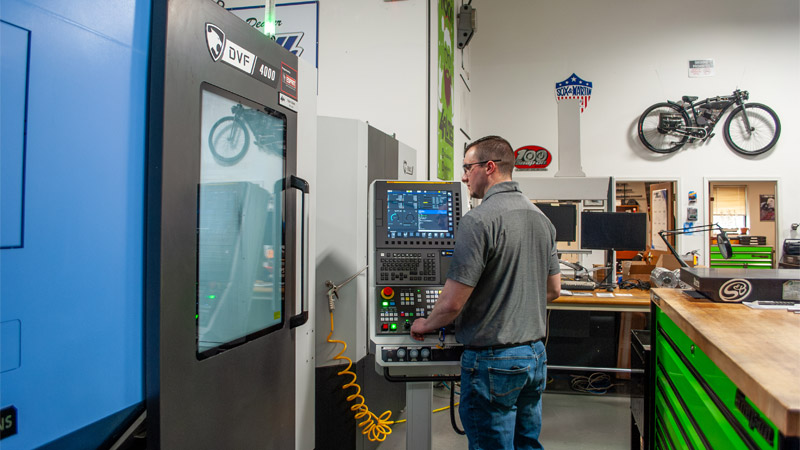People are not your greatest asset. Talented people are!
When your company or organization is ready to face the “talent” issue, you must decide whether you are building a house, doing an extreme makeover or putting on an addition—meaning you have something great in “one room” and are ready to expand to another “room,” department or location.
Brad Black, President and CEO of HUMANeX Ventures, offers some “direction” before you start what his company calls “The Journey Circle.” A Gallup Hall of Fame recipient for his work in designing and building a world-class leadership and human resources model, Black has advised corporate leadership at companies like Berkshire Hathaway, Stryker Corporation, The Walt Disney Company, Southwest Airlines, Ritz Carlton, and Whirlpool Corporation on discovering and developing the talents of individuals for more than three decades.
What’s the theory behind HUMANeX Ventures’ The Journey Circle?
Building a culture around human excellence is a never-ending journey. As you set off, you need to recognize that in every profession, there is a range of performance. That range is not affected by a resume, meaning someone’s skills or knowledge, but rather by their innate talents. Everybody was born with a ‘seed’ of talent, what some call ‘hardwiring,’ But it is how that ‘seed’ is nurtured throughout a person’s life, that determines what motivates a person to perform certain roles with varying levels of success. Motivation comes from a person’s drives and values and is shown in his or her work style. Drives and vales can be thought of as a person’s ‘engine,’ or what supplies their power to do work. A person’s work style, or how productive and qualitative they are in performing tasks, is their ‘transmission’ or what makes them go.
If select is the starting point of the Circle, how do you get going?
Before you start selecting people for your team, study your very best performers and measure their behaviors. You will find that they perform in similar ways. Then look at the behaviors of best performers in similar roles across industries. For example if you want to increase the performance of your sales representatives, look at how the best performers in sales behave in the medical device, automotive, retail and consumers products industries. Once you recognize what drives this high performance, you can predict with a high probability who will be your high performers. Other things to quantify include how these people build and keep relationship, influence others, and think. Does their thought process including finding solutions beyond finding problems?
When you are ready to begin the interview process, ask structured questions to get at these behaviors and how well a person fits within your organization. If you don’t go in with structured questions, you will be like a Little Leaguer trying to hit off the Los Angeles Dodgers’ Clayton Kershaw or Jake Arrieta of the Chicago Cubs. Select the individuals who answer the questions just like your top performers. Select the ones who fit within your organization. If you are looking to staff an emergency room, you need someone with ethical standards and who has the ability to make life-saving decisions on the spot. You can’t hire someone who wants to run through all possibilities before admitting someone; that individual is more suited for primary care.
It’s the difference between batting .250 or .850. Once you get really good at predicting, turnover goes down and engagement goes way up.
If sales is the area in which you are currently struggling, start there. But, don’t stop there. The best organizations study how the best performers in all roles within their organization behave—from frontline to sales to functional professionals serving accounting and marketing to managers, supervisors and leaders. If you build a fully integrated model, you will see phenomenal results.
How do you help people grow once hired?
Once people are selected to be part of your team, you have to help them understand what they came to do and where they can go. Give them focused challenges that grow their abilities in a way that makes the overall team improve. If you don’t help them grow, you will just keep filling the same role over and over.
Company leadership should intentionally spend time with every employee every ninety days to discuss questions like, ‘How do we set you up for success?’ and ‘How do we grow you to your potential?’ These can be coaching discussions, coaching decisions, or even repositioning for those who might be on the wrong seat on the bus or wrong bus altogether. It’s okay to come to the conclusion that someone is on the wrong bus. Do it professionally and let them off to find the right bus for them.
How do you multiply the effects of talent?
When you select and grow talented people, it creates high engagement within your organization. You just can’t measure talent before it comes in the door. You have to keep measuring it continuously after it enters. Use tools, like HUMANeX Ventures’ InsighteX Cultural Assessment, to determine if your culture is working.
To determine the characteristics of a high performance culture, we measured cultures much like we measured individual performance. We assessed high performance cultures by department, company and industry. Our tool identifies the places where a culture is working and where it is not. Results can help you can systematically make performance improving changes in places like talent and fit; support; relationships; quality; communication; recognition; performance planning; training and development; career development; ability to engage and inspire; satisfaction; mission-consciousness; pride; continuous improvement and innovation.
Companies are committed to engagement, measure culture about two times per year. In average cultures, about 35% of an organization’s team members are engaged. When a company makes engagement a priority, we’ve seen numbers hit the 70%, 80%, even 90% marks.
Can communities make The Journey Circle work for them?
When you get multiple organizations within a community participating in this model, the result is what we call ‘Community Excellence.’ Schools, law enforcement, hospitals and companies can put a community on the path of sustained excellence by identifying high performance in all roles across organizations within their communities. Some create shared employment search banks with interview results or hold best practice sessions. Ideally, there is a ‘bus’ that’s the right fit for everyone. If you have companies with great cultures working together, you get great communities.




